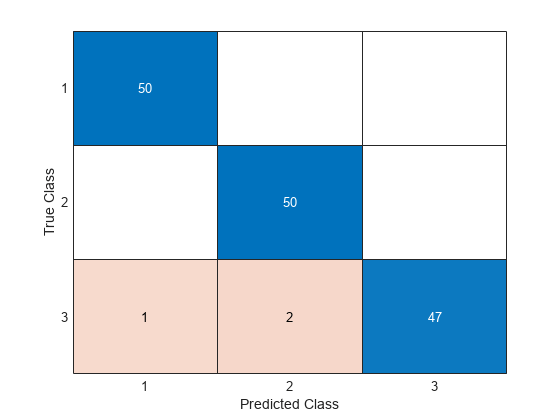SemiSupervisedGraphModel
Semi-supervised graph-based model for classification
Description
You can use a semi-supervised graph-based method to label unlabeled data by using
the fitsemigraph
function. The resulting SemiSupervisedGraphModel object contains the fitted
labels for the unlabeled observations (FittedLabels) and their scores
(LabelScores). You can also use the
SemiSupervisedGraphModel object as a classifier, trained on both the
labeled and unlabeled data, to classify new data by using the predict
function.
Creation
Create a SemiSupervisedGraphModel object by using fitsemigraph.
Properties
Object Functions
predict | Label new data using semi-supervised graph-based classifier |
Examples
Tips
You can use interpretability features, such as
lime,shapley,partialDependence, andplotPartialDependence, to interpret how predictors contribute to predictions. You must define a custom function and pass it to the interpretability functions. The custom function must return labels forlime, scores of a single class forshapley, and scores of one or more classes forpartialDependenceandplotPartialDependence. For an example, see Specify Model Using Function Handle.
Version History
Introduced in R2020b


